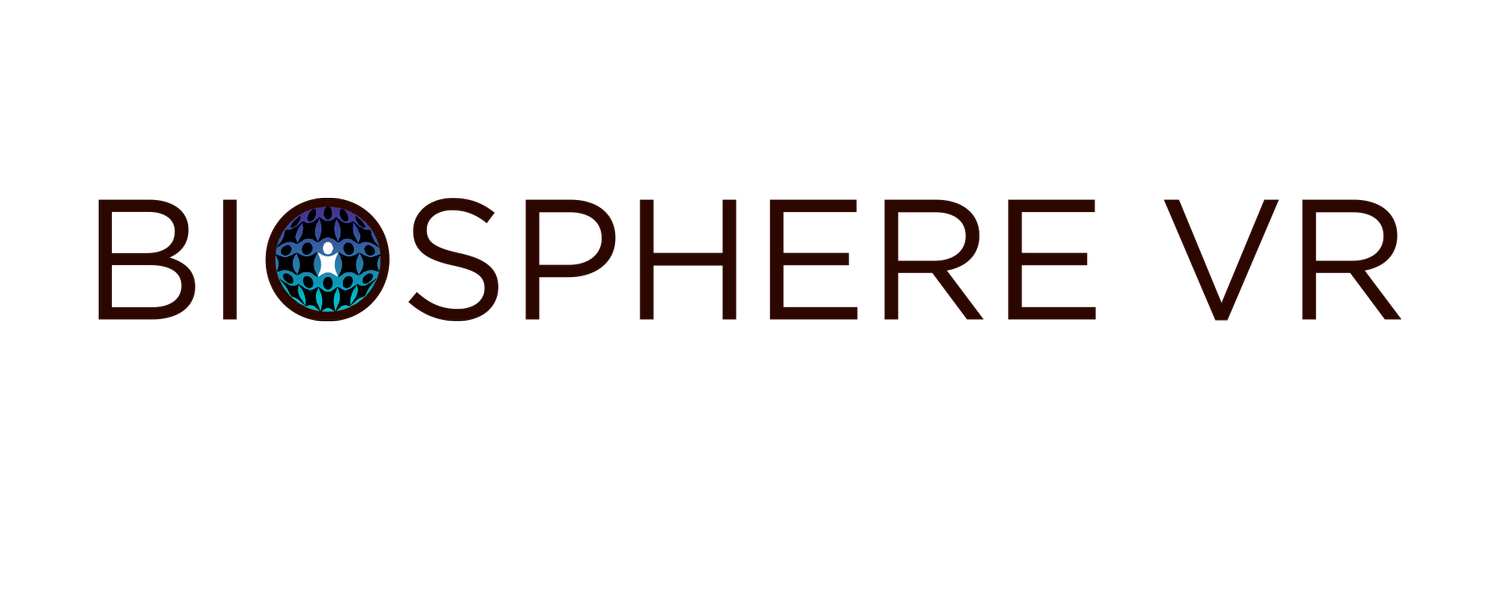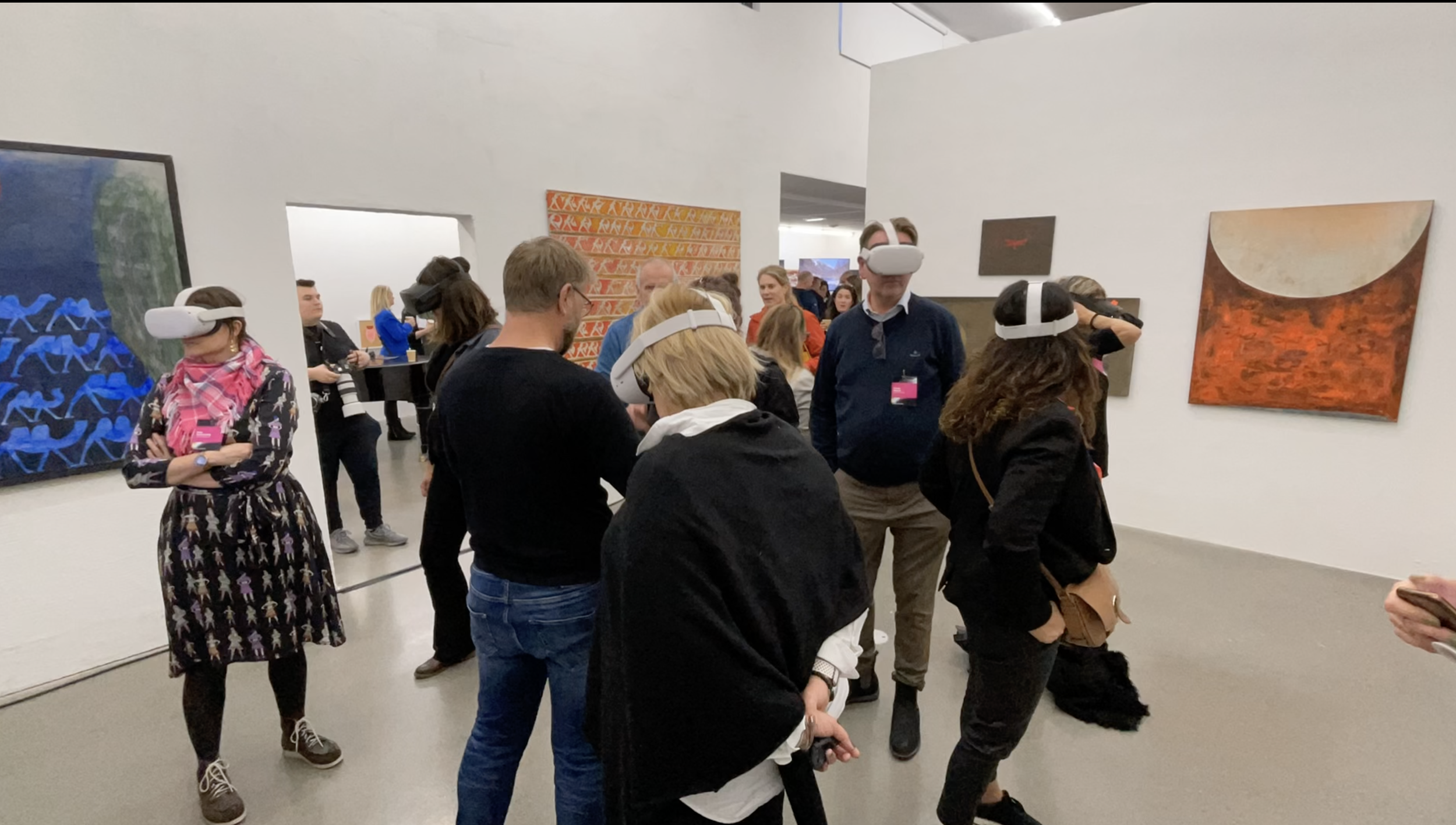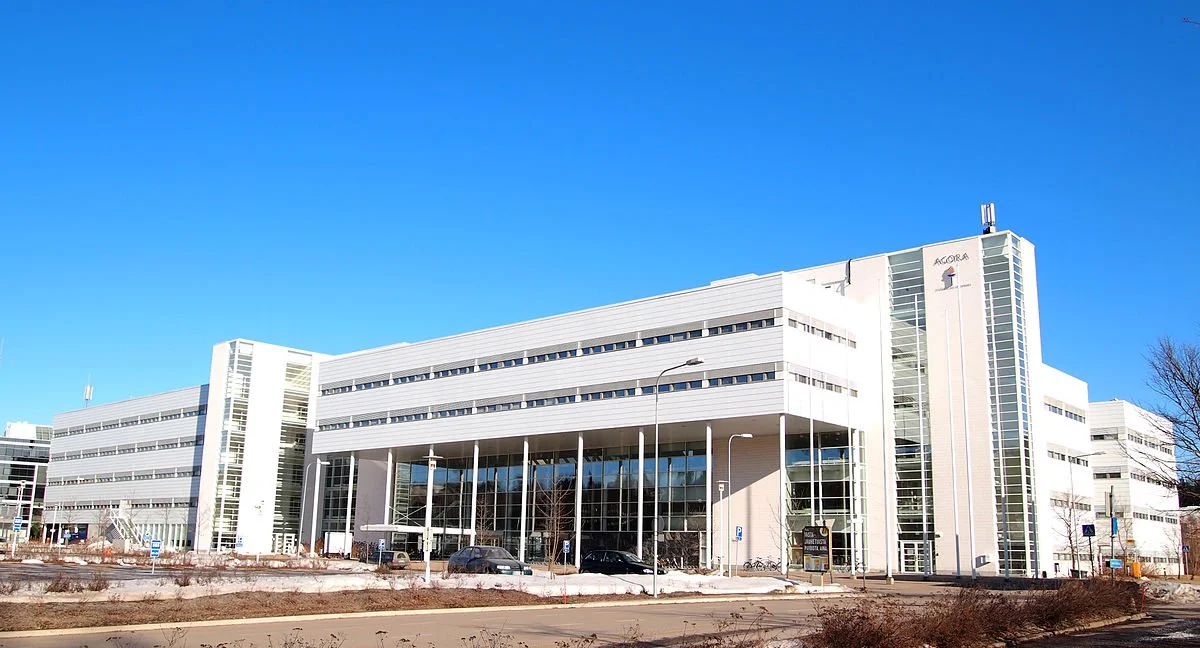We applied for the project as a response to the environmental and climate change challenges we, as humans, face nowadays. We are working towards raising awareness about the urgency of the green transition. At the same time, we are aware that changes are happening quickly, and we are being challenged by the need to find new answers, and new ways for us humans to interact with the environment and be resilient and open to innovative, bold approaches. We saw the need to produce educational material based on the concept of climate empathy, which has the potential to foster more interest in STEM subjects among students.
We had a very good experience working with the Biosphere VR in Denmark when testing it at schools. It made use of the new VR medium in a practical way, getting the students to feel climate change instead of just intellectualising it. We wanted to reach more international audiences, and strengthen our capacities through working with international partners to produce high-quality, innovative deliverables. With JYU, we had a chance to make something that we felt must be explored in a broader, European setting.
Our partners in Finland
Objectives: What did you want to achieve by implementing the project?
Winter of change - VR-film
By implementing the project, our main goal was to make STEM knowledge more attractive and more utilised by the pupils in primary schools in Finland thanks to the implementation of the VR journey, a role-play-orientated educational game, an European VR experience from Lapland. We recognised that the answer to the most urgent challenges of our times, which will become particularly burning for the younger generation, as climate change and biodiversity loss occur, often lies in the development and use of STEM knowledge. By providing the VR journey, a reality-based educational set introducing new media into the classroom and educational games to the pupils, we wanted the youth to get excited by turning to STEM as a resource they can reach to find solutions.
Immersing themselves in the VR universe, pupils will be able to get a more personal experience. Living in European cities, we often do not realise the urgency of climate action since the challenges are mostly visible on the peripheries. By promoting digital tools and non formal ways of education in school systems, we wanted to open doors to a wider range of experiences for the youth that could then have an effect on their motivation and curiosity in finding solutions through the STEM approach.






